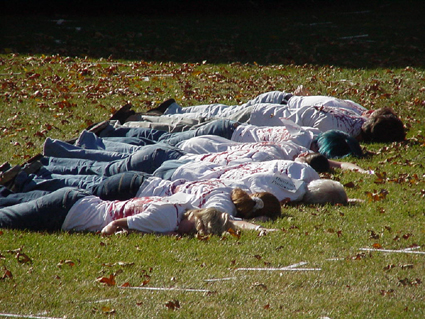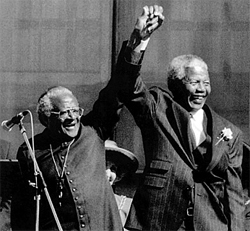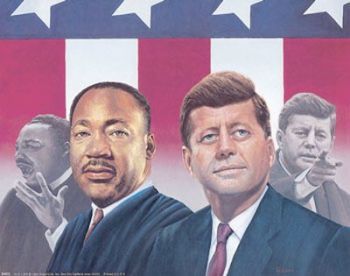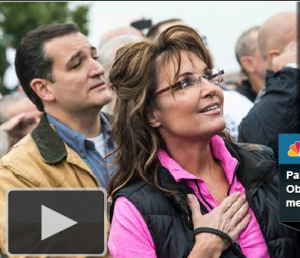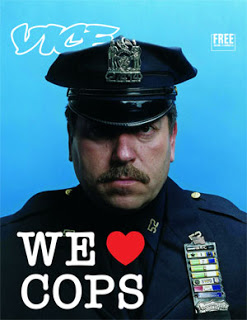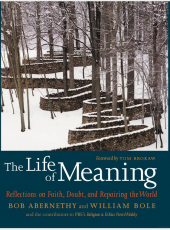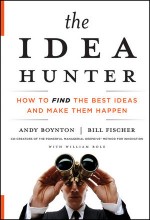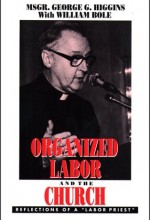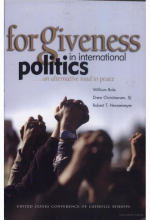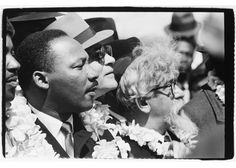
Martin Luther King and Abraham Joshua Heschel (with Dr. Ralph Bunche in between), marching from Selma to Montgomery
After weeks of controversy over “Selma” and especially the scenes of head butting between Martin Luther King and Lyndon Baines Johnson, I was a little surprised when I finally saw the movie during this MLK day weekend (I do not live in a city that was graced with the pre-release). As I quickly learned, “Selma” is not essentially about MLK or LBJ. It is, of all things, about Selma.
Its 42-year-old director, Ava DuVernay, says of the film: “It honors the people of Selma, but it also represents the struggle of people everywhere to vote.” This it does faithfully and movingly. “Selma” illuminates a struggle—a movement of church ladies, teenagers, and old men—that materialized in a small town long before King entered the picture.
Still, there are questions. These begin with the portrayal of Johnson but extend to other gaps in the film—including what I’ll describe for now as the case of the missing yarmulkes.
Thankfully, the makers of “Selma” did not want to produce what DuVernay refers to as yet another “white savior” movie. Best known of this genre is “Mississippi Burning,” a film I enjoyed even though the designated saviors were FBI agents (the men who otherwise stalked and harassed King with a fervor they did not generally bring to the fight against the Klan). It was long past time for Hollywood to serve up a civil-rights movie with “saviors” of color.
Thoughtful people, however, are asking if DuVernay really had to cast Lyndon Johnson as the antihero, the one who stood in the way of voting rights for southern blacks, until he got out of the way. I’m not sure if she did.
True, the movie overdramatizes the LBJ-MLK tension. Arguably, the real conflict between the two came not over civil rights, in 1965, but over Vietnam, in 1967. “Selma” also depicts Johnson as moving more slowly on voting rights than he truly did. At the same time, the film doesn’t paint LBJ as an enemy of voting rights. It makes clear enough that his issue was not with the concept of black voting rights, but with the timing of legislation to make that happen. The distance here between fact (as related by biographers such as Robert Caro and Taylor Branch), and fiction (in this movie) is well short of what some critics had led me to expect. And don’t forget we’re talking about a Hollywood movie, not a PBS documentary.
Johnson was no villain, and I don’t think he is portrayed as one, in “Selma.” I can’t say plainly that any major figure is cast as pure villain (even the depiction of segregation-loving George Wallace is somewhat nuanced), or as pure savior, for that matter. That’s what makes the film so compelling and humanizing.
Some have argued that the problem with the film’s narrative strategy goes beyond its treatment of LBJ. As Leida Snow writes in the Jewish Daily Forward, these have to do notably with “the contribution that thousands of white people, many of them Jewish, made to the Civil Rights Movement.”
A Scene from Selma You Won’t See in “Selma”
Indeed, a mini-dispute has surfaced over Selma and the Jewish question. (Snow’s article is titled “‘Selma’ Distorts History by Airbrushing Out Jewish Contributions to Civil Rights.”)
The most celebrated among Jewish civil rights activists was Abraham Joshua Heschel, the incomparable theologian, philosopher, and rabbi. Heschel was a close friend of King’s, and he rushed to Selma after MLK sent him an urgent telegram, asking for the rabbi’s help. There, he marched with King in the front row of demonstrators on their way to Montgomery. A United Press International photo of the rabbi, with his unruly white hair, bushy beard, and yarmulke-beret, became a lasting image of the civil rights movement, and of black-Jewish relations. It’s an iconic scene from Selma, the march, you won’t see in “Selma,” the movie. The film, in its final scene, shows the front row of marchers as they cross the Edmund Pettus Bridge. But, unless I blinked and missed something, it appears to be, imaginatively, an all-black row. There’s no Heschel figure.
I wish there were such a character or clear image in “Selma.” I wish we could see the yarmulkes worn not only by rabbis including Heschel but also throngs of young black men who donned them in solidarity with the Jews who had turned out. In the movie, the James Bevel character does go around in a knit skullcap, which the real James Bevel (one of King’s lieutenants) had been sporting for years, in homage, as he often explained, to the Hebrew Prophets. His wife, Diane Nash (played by Tessa Thompson), a light-skinned black Catholic from Chicago, is portrayed in her plaid, parochial-school skirt.
Anyway, the skullcaps of Selma became a symbol not just of black-Jewish relations. They signaled an interracial, inter-religious movement that hit stride in Selma, in March 1965. The civil rights movement was universalized as never before, at that moment. It was no longer just an African American movement.
This is hypothetically another movie I’d wait in line to see, but it’s not DuVernay’s movie, and why should it be?
Her way was to channel the likes of Amelia Boynton (Lorraine Toussaint) along with other grassroots activists. A Selma citizen, Boynton had been active since the late 1940s in a small group of locals called the Dallas County Voters League. She was the one who, first, invited the Student Nonviolent Coordinating Committee to set up shop in Selma, and then, in 1965, called in King and the Southern Christian Leadership Conference.
Fittingly, in the movie, when King (David Oyelowo) decides to lead a third march, a third and successful attempt across the Edmund Pettus Bridge, Boynton is in the room. King turns to her and says: “We’re going to finish this, I promise you that, Miss Amelia.” It’s one way that DuVernay “honors the people of Selma.” Miss Amelia is, by the way, still with us, at 103 years old.
Many others from far off places did eventually come to Selma, especially for that last march all the way to Montgomery. These were people not of color, for the most part, but of faith. They were nuns, priests, ministers, rabbis, church ladies, and others.
Some of them were undoubtedly so-called “24-hour prophets,” who flew in for the day, for the thrill, rarely if ever to be heard from again. Most were the real thing. They tended to espouse a theology grounded in the prophetic literature of the Hebrew Scriptures, whose greatest articulator was Rabbi Heschel. Simply put, it was a theology that called for standing with the weak and, when necessary, confronting the strong.
“Selma” the movie is what happens when the weak, or formerly powerless, finally get to tell this story, using their own lens. …read more
